The only TOEFL platform with instant, AI-powered scoring and analysis
Planetary seeding, or astrobiological terraforming, involves introducing microbial life to extraterrestrial environments to enhance habitability. Scientific principles underpinning this process include extremophilism, the study of organisms thriving in extreme conditions, and astrobiology, which examines the potential for life beyond Earth. Microbes such as tardigrades and certain bacterial spores demonstrate resilience to radiation, desiccation, and temperature extremes, making them suitable candidates for space travel...
Exam-Quality Questions
Full Practice Tests
Realtime, AI-Powered
Our practice tests are designed with the standards of top-tier institutions in mind

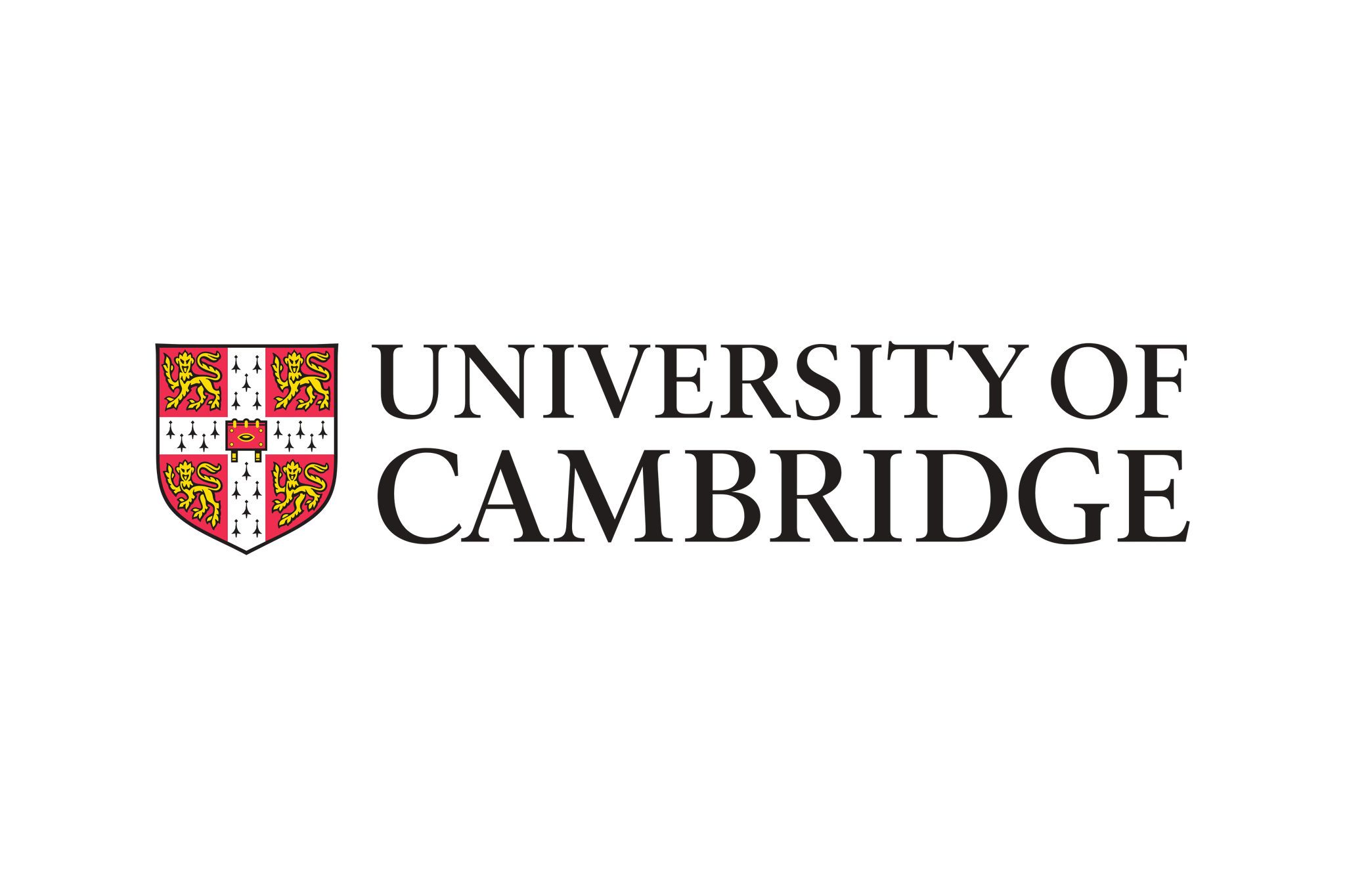
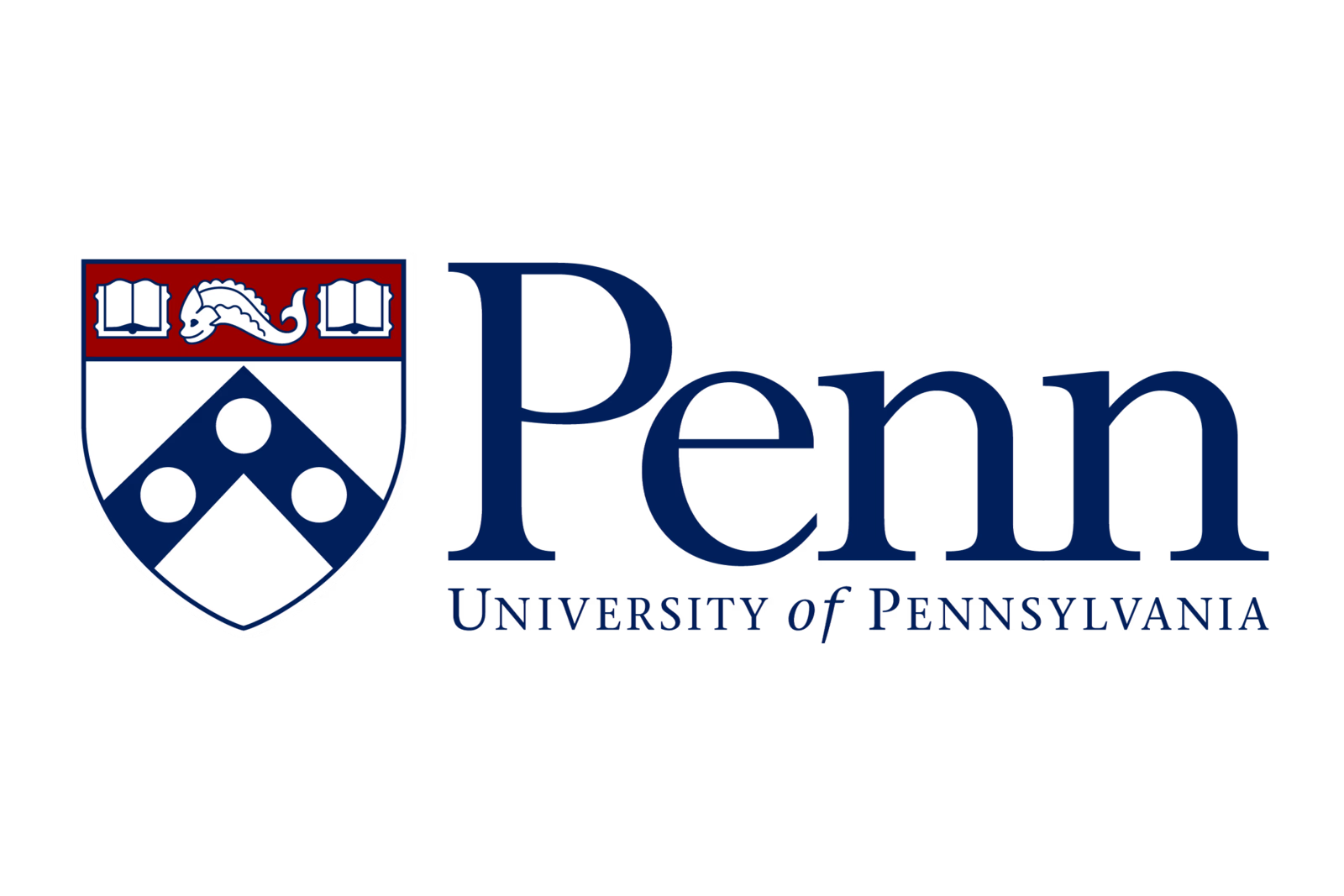
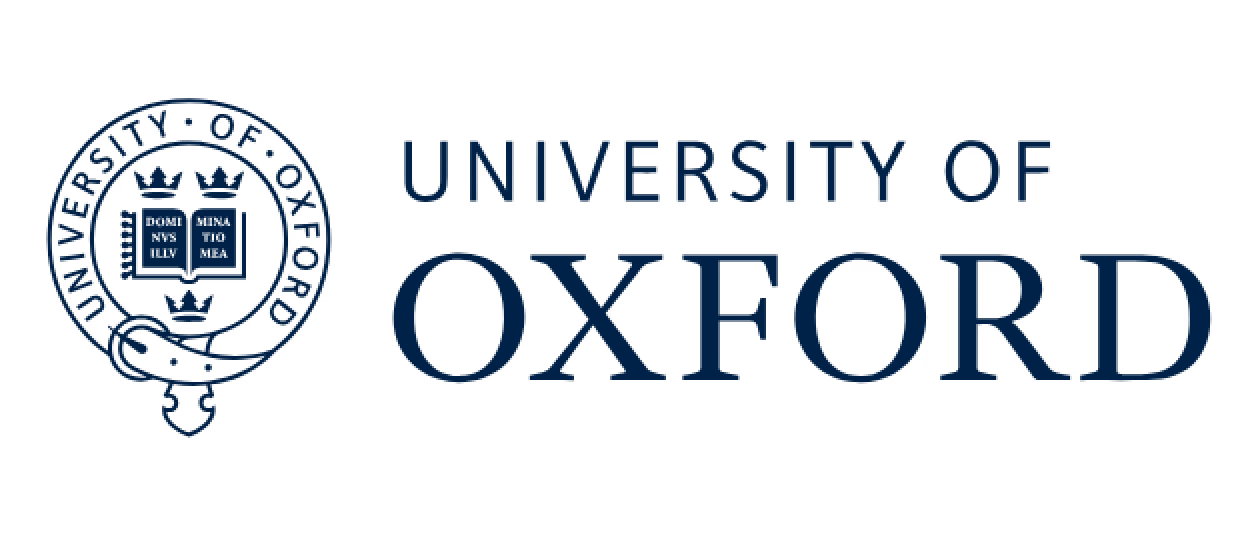
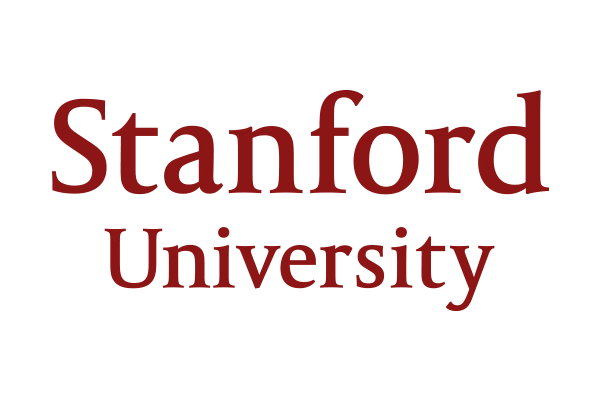















"Am I answering correctly? What's my score?"
"Is this what the real exam feels like?"
"I keep making the same mistakes but don't know why."
Never practice the same test twice. With a new, complete TOEFL test added every single day, your practice potential is limitless.
Practice each part individually or combine them for a full, timed exam experience.
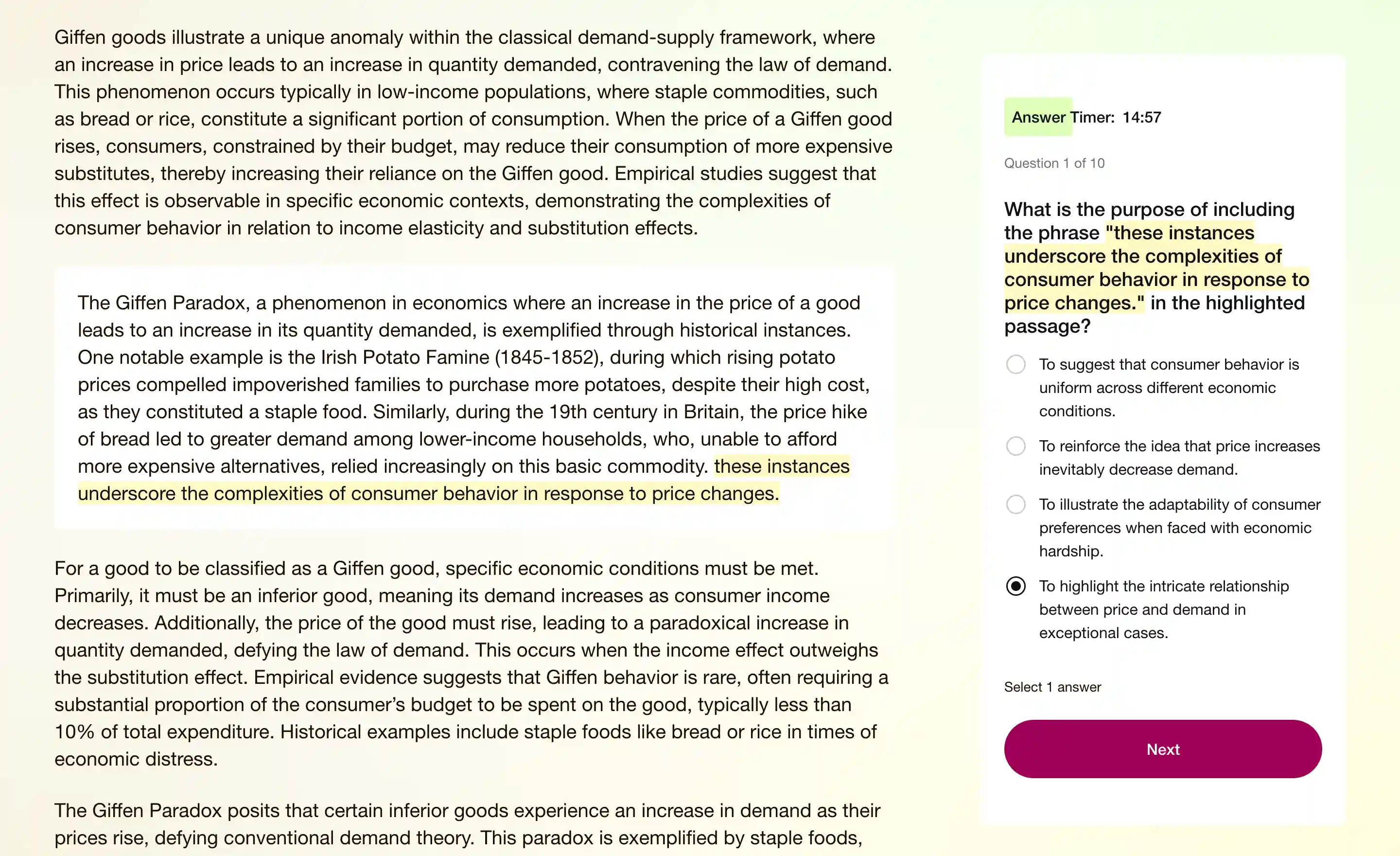
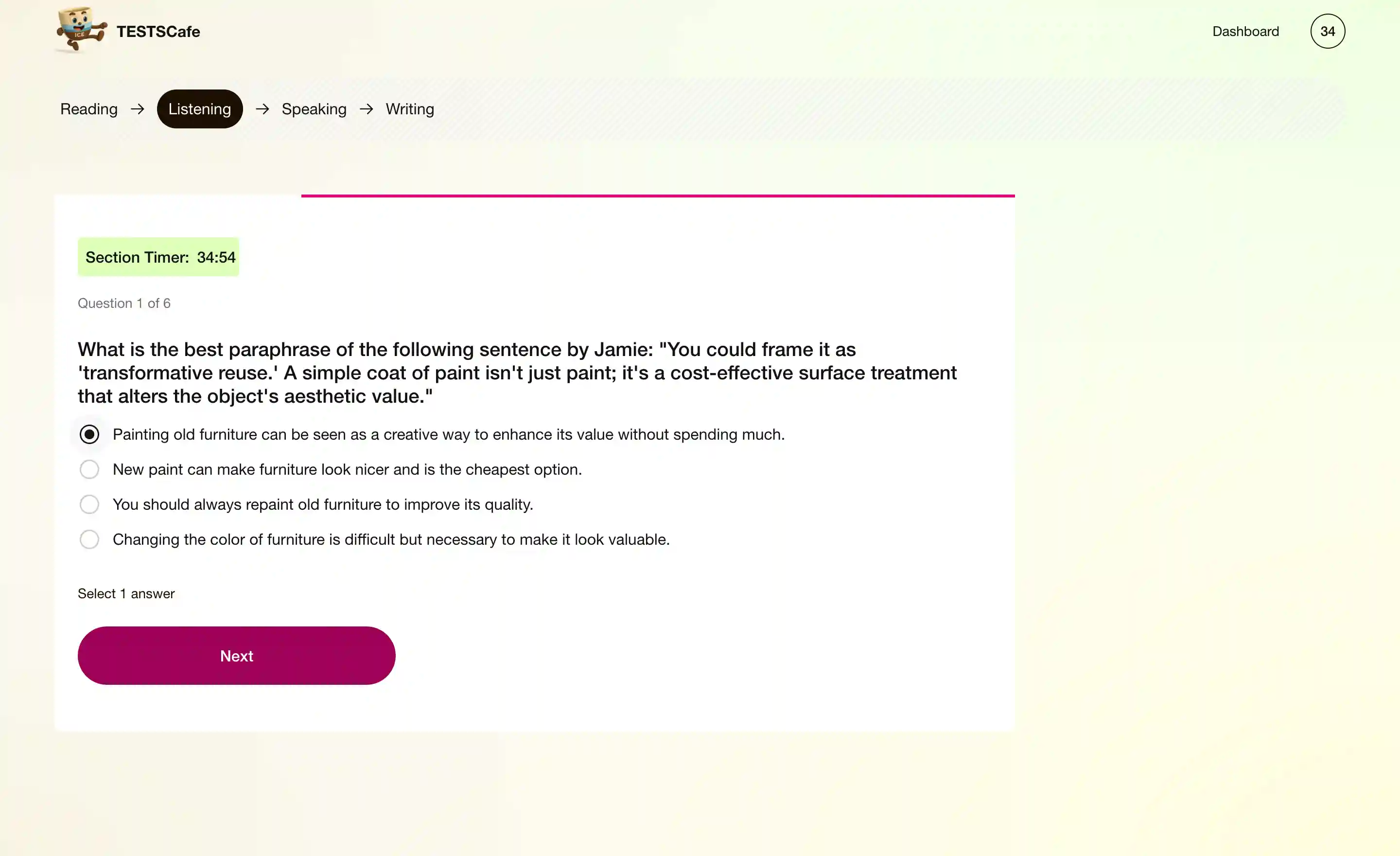
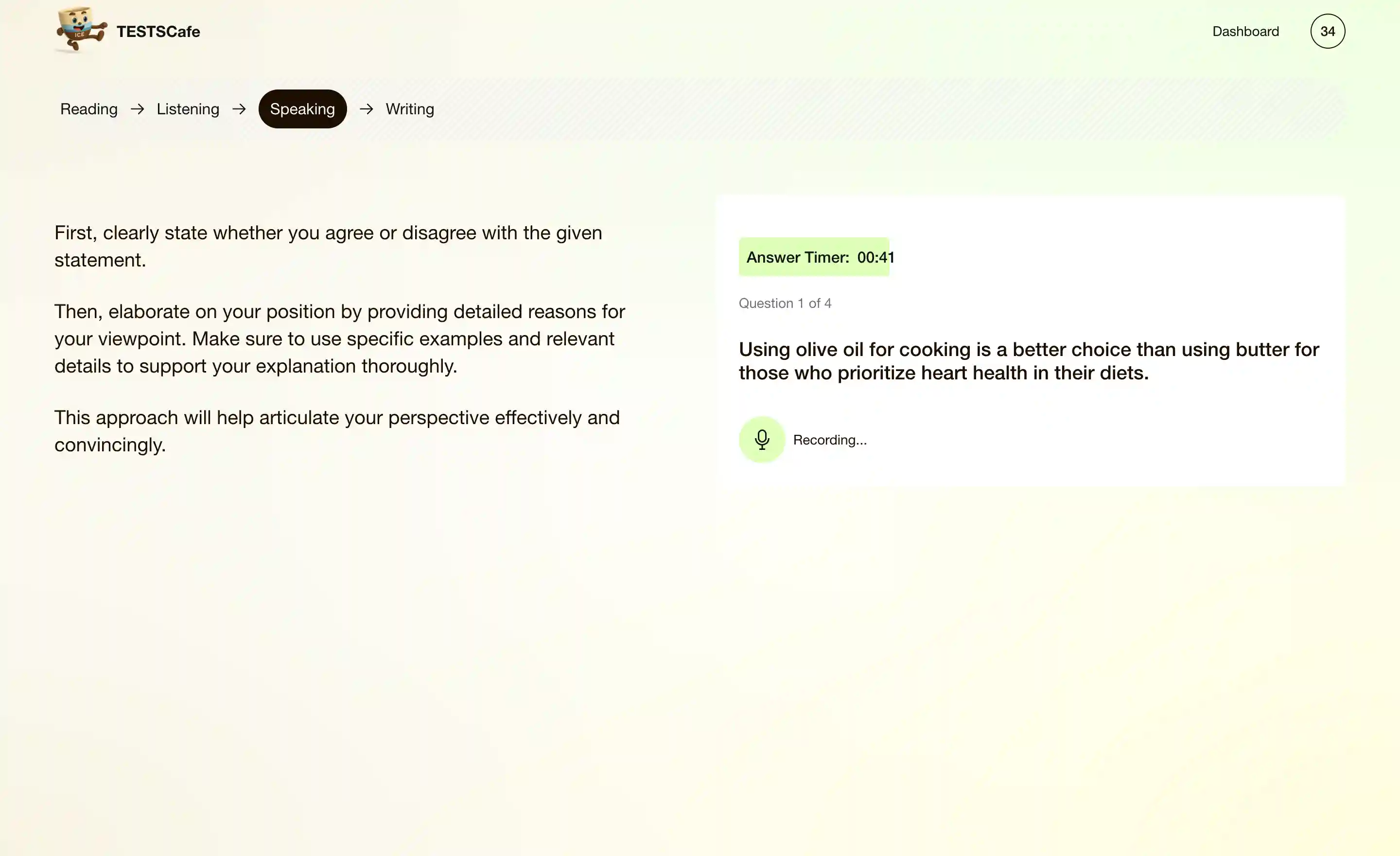
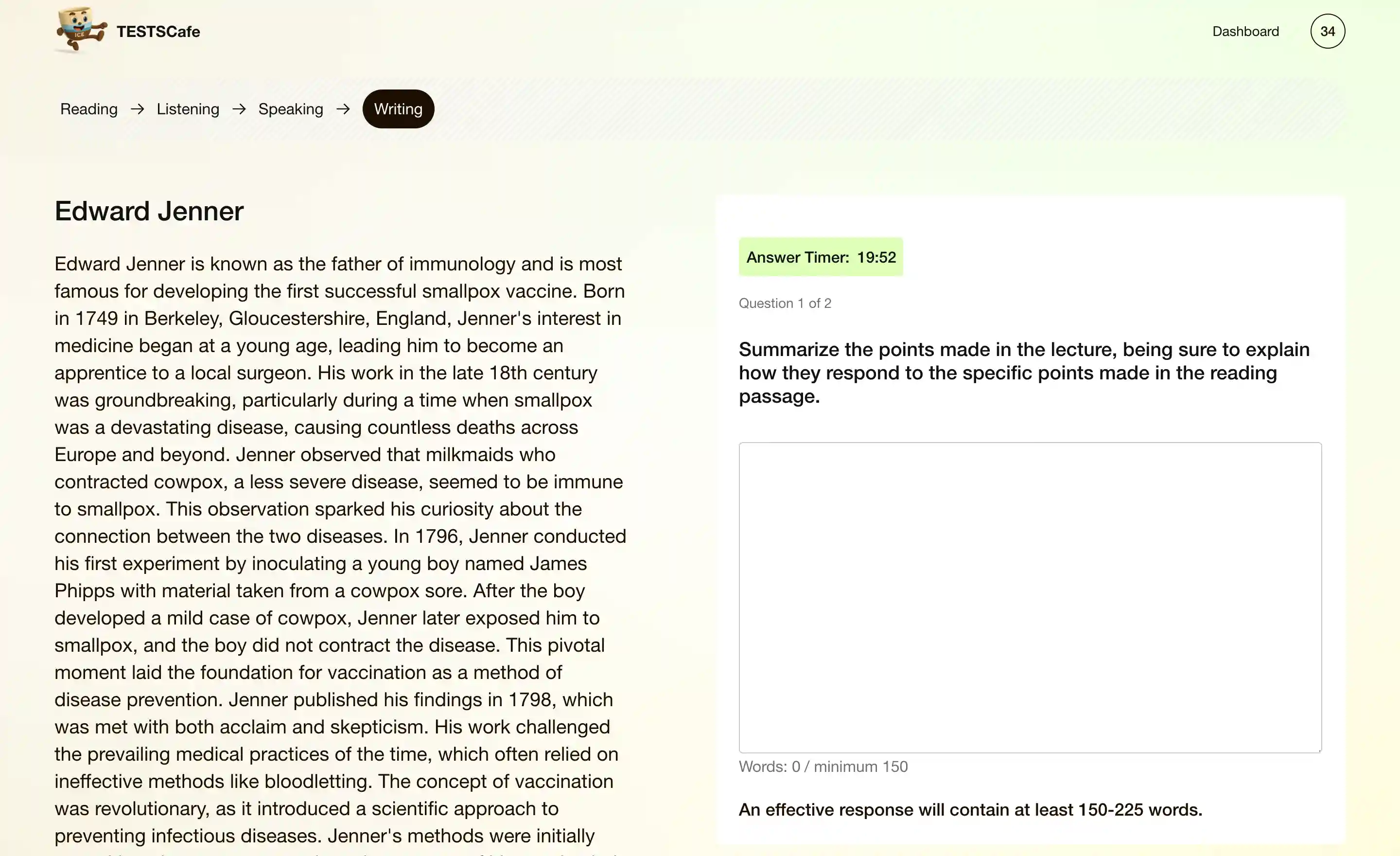
Analyze academic texts and answer comprehension questions.
Listen to lectures and conversations, then test your understanding.
Practice expressing your opinion and summarizing information.
Compose well-structured essays in response to prompts
We obsess over every detail to ensure our practice tests are indistinguishable from the official exam
Practice with the same time pressure as the real exam
Master every question type, from multiple-choice to integrated tasks
Get instant, objective feedback on your performance
Task 2
2 / 4
The university administration has proposed opening a student-run café on campus. This initiative aims to provide students with work experience and foster a sense of community. Firstly, working at the café could offer valuable job experience that students can add to their resumes, which is essential for future employment. Secondly, it provides a social hub for students to meet and interact, promoting stronger campus bonds. While some local cafés might view this as competition, integrating them by sourcing local ingredients and involving them in events could mitigate this concern. Overall, the student-run café is seen as a positive addition to campus life.
Emily: Hey, Mike, have you heard about the new proposal to open a student-run café on campus? They say it will provide work experience for students.
Mike: Yeah, I did. I'm totally on board with it. Not only will it give us job opportunities, but it'll also create a social space where we can hang out and meet people.
Emily: That's true, but have you considered how it might affect local cafés around the campus? They might lose business, which isn't really fair.
Mike: That's a valid point, but I think the experience students will gain outweighs that. Plus, the café can collaborate with local businesses by sourcing local products.
Emily: Maybe you're right. The focus on student growth is crucial. It could actually create a strong community feel on campus, especially if we involve local vendors.
Mike: Exactly! It’s like people helping each other out. We could all benefit in the long run.
Our detailed reports turn your test results into a clear roadmap for improvement
Task 1
2 / 5
Avicenna, also known as Ibn Sina, was a Persian polymath who made significant contributions to various fields, especially medicine. Born in 980 CE in present-day Uzbekistan, he is often regarded as one of the most influential philosophers and physicians of the Islamic Golden Age. Avicenna's most notable work, 'The Canon of Medicine,' is considered one of the foundational texts in the history of medicine. This comprehensive encyclopedia covers various aspects of medical knowledge, including anatomy, physiology, pathology, diagnosis, and treatment. In the 'Canon,' Avicenna emphasized the importance of clinical observation and experimentation, laying the groundwork for the scientific method in medicine. His approach was holistic, considering the mind and body as interconnected, and he advocated for the treatment of the whole person rather than just the symptoms of a disease. Avicenna also introduced the concept of contagious diseases, which was a revolutionary idea at the time. He discussed the importance of hygiene and the environment in relation to health, emphasizing that clean surroundings contribute to well-being. His work included detailed descriptions of various diseases, including fevers, infections, and mental health conditions, showcasing his advanced understanding of human health. Avicenna's influence extended beyond the Islamic world; his texts were translated into Latin and became standard references in European medical schools for centuries. His philosophical writings also integrated Aristotelian thought with Islamic teachings, influencing later thinkers such as Thomas Aquinas. Avicenna's method of diagnosis involved careful observation of symptoms and a systematic approach to treatment, which included herbal remedies, dietary recommendations, and surgical procedures. He recognized the importance of the physician-patient relationship and the need for empathy and understanding in medical practice. Furthermore, Avicenna's contributions to pharmacology, particularly his classification of drugs and their uses, were significant advancements in the field. He also explored the effects of various substances on the human body, providing insights that are still relevant in modern medicine. His work on optics and vision contributed to the understanding of eye diseases and their treatment. Avicenna's legacy in medicine is profound; he is often referred to as the 'father of modern medicine' due to his pioneering contributions and lasting impact on medical education and practice. His emphasis on observation and evidence-based approaches set a precedent that continues to influence the field today. Even in contemporary medical ethics, Avicenna's ideas about the moral responsibilities of physicians resonate, highlighting the importance of integrity and compassion in healthcare.
In a modern medical setting, the principles established by Avicenna can be seen in action during patient consultations. A physician might begin by taking a detailed medical history, asking about the patient's symptoms, lifestyle, and environmental factors, reflecting Avicenna's holistic approach. For instance, if a patient presents with chronic headaches, the physician would not only inquire about the frequency and intensity of the pain but also explore the patient's stress levels, sleep patterns, and dietary habits. This comprehensive assessment echoes Avicenna's belief in the interconnectedness of mind and body. Following the history-taking, the physician would conduct a thorough physical examination, observing any signs that may indicate underlying conditions. Utilizing diagnostic tools, such as blood tests or imaging studies, the physician would gather evidence to support a diagnosis, aligning with Avicenna's emphasis on clinical observation. Once a diagnosis is established, the physician would discuss treatment options with the patient, ensuring that the chosen methods are in line with the patient's preferences and values. This collaborative approach mirrors Avicenna's ideas about the importance of the physician-patient relationship. If the treatment includes medication, the physician would explain the rationale behind the choice, referencing the pharmacological knowledge that Avicenna contributed to the field. Additionally, lifestyle modifications, such as stress management techniques or dietary changes, would be recommended to support the patient's overall health. In cases where mental health issues are identified, the physician might suggest counseling or therapy, recognizing the significance of mental well-being in physical health, a concept Avicenna championed. Throughout this process, the physician would maintain open communication, encouraging the patient to share their concerns and questions. This practice fosters a trusting relationship, which is crucial for effective treatment outcomes. Avicenna's influence can also be observed in the way medical professionals approach infectious diseases today. For example, if a patient presents with symptoms indicative of an infection, the physician would consider factors such as recent travel history or exposure to sick individuals, reflecting Avicenna's early understanding of contagion. Infection control measures, such as recommending vaccinations or hygiene practices, would be discussed to prevent the spread of illness, further demonstrating Avicenna's principles in action. In summary, the legacy of Avicenna continues to shape modern medical practice, where a holistic, patient-centered approach is paramount. His contributions to medical theory and practice serve as a foundation upon which contemporary medicine builds its understanding of health and disease.
No. Your Mini Test results are shown immediately after completion, for free. You'll also receive personalized tips based on your performance.
Yes. The free account includes one full practice test. We offer this so you can experience the real exam interface and evaluate the quality and difficulty of our materials. Detailed results and score analysis for your test are unlocked after purchasing a plan.
Our paid plans offer unlimited Full TOEFL Practice Tests, detailed feedback on your answers, personalized study plans based on your weaknesses, section-based practice, score history tracking, and priority support. You can choose a plan for all sections or focus on a specific one.
Subscriptions renew monthly at your chosen rate. You can cancel at any time from your account settings. You will retain access until the end of your current billing period. No long-term contracts or hidden fees.
Your free account includes one Full TOEFL Practice Test. To take additional Full Tests and unlock detailed results, you'll need to purchase a subscription.
This service is not affiliated with, endorsed, or approved by ETS®. TOEFL® and ETS® are registered trademarks of Educational Testing Service (ETS). Our practice materials are developed independently by our team to help you prepare for the exam.
Free analysis includes Reading & Listening. Create a free account to save progress and unlock full report.